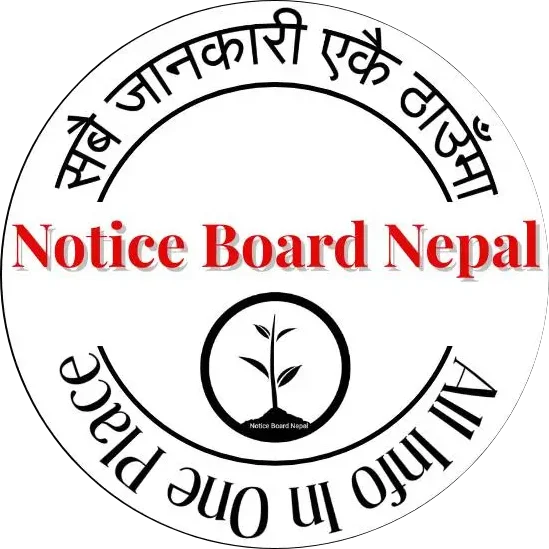Money is a value in itself. It has a unique function that acts for exchanging purposes. Many of us are not aware of the compounding power of money. It is that special trait of money that has made it a more and more powerful exchange medium. Then, some obvious question arises; What is this compounding power of money? How does it work? How to get it done even for those with below than average financial standing?
In layman’s terms, the Compounding power of Money can be referred to as ‘putting money to work’. What happens, in general, is that financially ignorant ones work for the money while financially conscious ones make money work for them. This is how the poor remain poor while the rich become richer. Let’s view a simple example: Suppose you have capital of Rs. 10,000 today as cash/bank balance; if you decided to put it at fixed deposit(FD) at any of the commercial or development banks or finance companies at interest rate of 10%(suppose), at the end of the year you will have a capital of Rs. 11,000 [Note: Here we will not discuss taxation as it will be complex to understand in this single article] as you will only have interest gain on that capital. But, if you invest in a primary stock market like IPO, FPO, Right Share of financially sound companies, you will have a 10%(suppose) cash dividend + capital gain from the secondary stock market(which we know as NEPSE in Nepal) i.e. at the end of the year you will have a capital of Rs. 16,000 ( suppose, your IPO/FPO stock is trading for a minimum of Rs. 150 at the end of the year (can also be trading at any value higher than this considering the average return of our NEPSE). This difference in just 1 year with so minimum capital investment of only Rs. 10,000 shows us how powerful compounding can be if taken for 3-5 or more years holding period with greater capital investment. In some of the probable cases, the compounding return from the stock market is so high in contrast to other investments like real estate investment, FD investment, etc. that it becomes an unbelievable reality.

Now, talking about IPO, it is ‘Initial Public Offering’ which is the first issuance(selling) of any company’s share with a general face value of Rs. 100 per share or per kitta (Or in premium i.e. in additional amount added to general face value) to the general public. The shareholders then become owners of that company, even with only 10 kitta shares. FPO is ‘Further Public Offering’ which is mostly similar concept to IPO besides it being the second or third issuance(selling) of shares held by promoters of the company to the general public. We call this exchange market as Primary Stock Market which is relatively very less risky. Both IPO or FPO whichever is issued is then listed to NEPSE for secondary market trading. After it begins trading at NEPSE, sometimes a company will issue additional shares to existing shareholders (general shareholder and promoter both) for additional capital it requires to manage its growth and business expansion plan. This issuance to existing shareholders is referred to as ‘Right Share’ issuance. Only already existing shareholders of that company are eligible to buy these issued right shares (generally issued at a face value of Rs.100 per share). The secondary Stock Market is relatively riskier than the primary one.
But, if we equip ourselves with competent financial knowledge and strategic investment approach, we will have entered in the investment world of the rich where magic does happen!!

